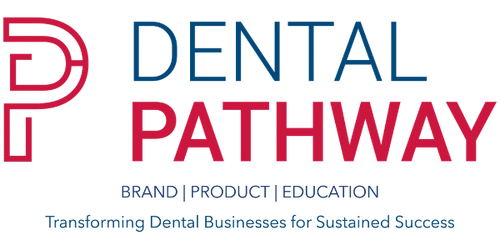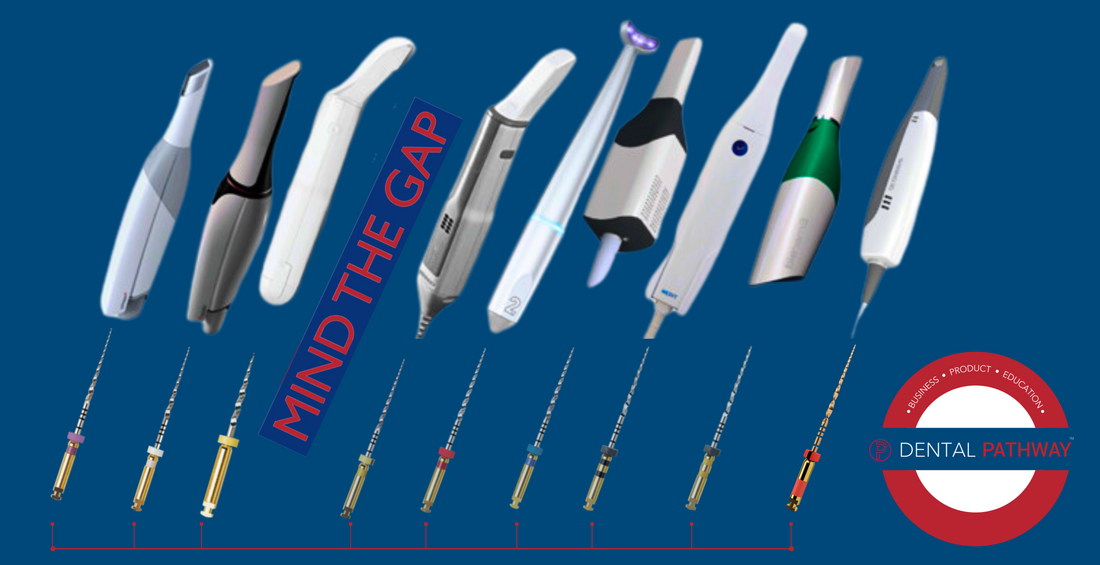In 2007, I took a leap into the world of dental business development, specialising in endodontics. Coming from a business consulting background, I was stepping into uncharted waters, eager to learn everything I could about a field that was both highly technical and deeply human. Over the next two years, I immersed myself in the subject. I had the privilege of hearing nearly every Key Opinion Leader (KOL) in endodontics in the UK—and some from the US—speak, often multiple times, absorbing their expertise, insights, and passion for their craft.
Back then, I was talking to general dental practitioners about a subject that kept many of them awake at night: root canal treatments. For many, endodontics was a daunting clinical challenge. My job wasn’t just to talk about products like Dentsply’s ProTaper Universal®—which, at the time, dominated 80% of the rotary file market—but to help practitioners see how innovation could ease their clinical burden, improve patient outcomes, and streamline their practice operations.
Yet, despite ProTaper’s dominance, the market was slow to adopt rotary files. In the UK, around 60% of practitioners still relied on hand files, a technique that had long been surpassed in terms of efficiency and success rates. The resistance wasn’t due to a lack of availability or innovation but because the value of these solutions wasn’t immediately apparent to many clinicians.
What I Learned from KOLs
Listening to KOLs repeatedly gave me more than technical knowledge; it gave me perspective. I saw how a superior product could transform clinical outcomes and operational workflows. But I also realised that introducing innovation wasn’t just about the product—it was about educating people, building trust, and helping them see the benefits beyond the upfront cost.
Interestingly, it was often dental nurses who became the biggest advocates for change in those practices. They recognised how new tools and techniques could make the entire process more efficient and less stressful—not just for the dentist but for the whole team. This reinforced for me that true innovation isn’t just about the product; it’s about the people and the systems around them.
The Adoption Chasm: Please Mind the Gap
Fast forward to today, and I see similar dynamics playing out in digital dentistry. Technologies like digital scanners have been around since the 1980s, yet widespread adoption remains elusive. The cost of scanners has steadily declined, but the market hasn’t shifted as expected. Why? Adoption isn’t just about affordability; it’s about aligning innovation with practical, real-world application that drives broad value to the business and the patients.
This brings us to the adoption chasm—or, as I like to say, “Please mind the gap.” The gap between launching a product—or even creating a whole new category—and the market truly embracing it is often wider than we think. Much like the transition from hand files to rotary systems, digital dentistry faces its own chasm, requiring more than just technological advancements to succeed.
In the case of ProTaper, adoption increased dramatically once the solution became more encompassing, and subsequent innovations like single-file systems (e.g., WaveOne® and RECIPROC®) further simplified workflows. Clinicians began to see not just the clinical value but the operational and economic benefits of these tools. It wasn’t just the product that moved the market forward—it was the ecosystem of education, support, and practical application around it.
Digital dentistry, and particularly intraoral scanners, has yet to see the same leap. Many practices still rely on analogue workflows for complex restorations, despite owning digital equipment. The barriers remain:
- A perceived lack of value or return on investment.
- A disconnect between technology and integration into daily workflows.
- An absence of cohesive pathways that demonstrate clear, independent, and evidence-based solutions.
Building the Future of Dentistry
Reflecting on my journey, I’m more convinced than ever that innovation in dentistry must be about more than just products. It must address the entire ecosystem: education, clinical pathways, business operations, and—most importantly—people.
This is where the lessons from ProTaper’s adoption journey resonate. It wasn’t just a product that succeeded; it was the education, support, and collaborative efforts behind it that shifted the market. Independent pathways, supported by peer-led education, were key to overcoming resistance and demonstrating the broader health economics at play.
Today, I believe we need the same collaborative effort to drive adoption in digital dentistry. By fostering dialogue between clinicians, educators, and innovators, we can uncover what’s missing and create solutions that align with real-world needs. It’s not about pushing a single product—it’s about building a framework that works for everyone, regardless of brand or manufacturer.
Your Turn: Let’s Bridge the Gap
We’re at an exciting crossroads where advancements in AI, machine learning, and digital workflows could reshape dentistry as we know it. But these tools are only as powerful as our ability to adopt and integrate them. So, I want to hear from you:
What do you see as the biggest barriers to adoption in dentistry today?
How do you think we can close the gap between technological potential and real-world application?
I’m especially keen to connect with Key Opinion Leaders (KOLs), aspiring Independent Opinion Leaders (OPLs), and educators who want to make a real difference across the industry. If you’re passionate about shaping the future of dentistry through education, innovation, and collaboration, let’s start a conversation.
Get in touch via the link below, or feel free to comment or message me here.

